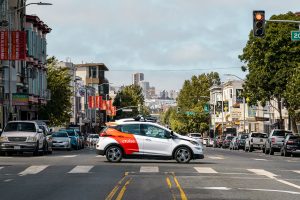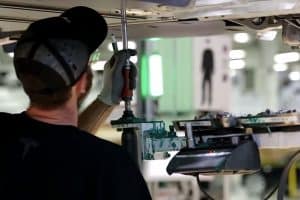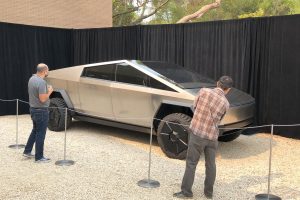- 🚗 Ford has announced a shift in its EV strategy, delaying or canceling some projects to align with consumer demand and improve profitability.
- 💰 The company experienced significant financial losses in 2023 due to its previous EV commitments and aims to stabilize by focusing more on hybrids.
- ⚖️ Ford’s approach now includes scaling back its EV investment, reflecting on the lack of consumer interest in its electric models compared to competitors like Tesla.
- 📉 The company’s decision to adjust its roadmap aims to achieve positive earnings within the first year of launching new models.
- 🚙 Despite scaling back, Ford will still introduce new models, including a truck, while leaning on current popular models like the Mustang Mach-E and F-150 Lightning.
- 🔧 Ford’s strategy is to create value and a competitive edge by offering vehicles that meet consumer needs and potentially outperform Tesla.
- 🏎️ The company acknowledges a missed opportunity by not developing an electric version of popular models like the Bronco.
In an evolving industry dominated by electric vehicles (EVs), Ford recently announced a strategic shift in its EV plans. This move, aimed at aligning with consumer trends and ensuring financial stability, comes after the company encountered significant losses. As Ford recalibrates its strategy, it offers a blend of hybrid solutions while preparing for future EV advancements. Let’s explore what this means for the company and the automotive industry as a whole.
Understanding Ford’s Strategic Shift
Background
In 2023, Ford faced substantial financial setbacks due to their aggressive commitment to EVs. Despite the company’s dedication, it struggled to garner the consumer interest needed to match the success of leading competitors like Tesla. This financial strain forced Ford to reassess its position and find a more sustainable path forward.
The New Approach
- Focus on Profitability: Ford’s primary goal is to stabilize its finances by adjusting its strategy to introduce profitable models within the first year of their launch.
- Hybrid Emphasis: The company will focus more on hybrids to bridge the gap between traditional combustion engines and fully electric vehicles. This move caters to a broader consumer base, particularly those not yet ready to transition fully to EVs.
- Selective Model Introduction: Despite scaling back, Ford will continue to develop new models, including a truck, to maintain their market presence.
Ford’s Competitive Edge in the EV Market
Leveraging Popular Models
While Ford scales back its commitments, it will capitalize on its popular models, such as the Mustang Mach-E and F-150 Lightning. These models continue to provide an edge in the EV market, appealing to a niche of eco-conscious consumers.
Value Creation
By meeting specific consumer needs, Ford aims to carve out a unique competitive edge. The strategy revolves around offering superior value, ultimately encouraging the consumer base to consider alternatives beyond Tesla’s offerings.
Missed Opportunities and Future Prospects
Ford acknowledges the potential they have overlooked, particularly in not developing an electric version of its beloved Bronco model. The demand for electrified popular legacy models is growing, and this realization could shape future strategic endeavors.
Consumer Interest and Impact on Market Competition
The Ford EV strategy change not only responds to consumer interest but also significantly impacts market dynamics. Here’s what to consider:
- Consumer Preferences: Understanding what consumers desire, such as reliability and cost-effectiveness, will determine Ford’s ability to capture market share.
- Competitive Landscape: The shift offers competitors a chance to reposition themselves while Ford recalibrates. However, it also presents an opportunity for Ford to differentiate itself more effectively in a rapidly growing market.
Conclusion
Ford’s recent EV strategy shift represents a pragmatic approach to contemporary challenges within the automotive industry. By focusing on hybrids and core models, Ford aims to stabilize its financials while meeting consumer needs. These steps are a testament to the company’s commitment to adapting and growing in an ever-evolving market. The industry will be watching closely to see how Ford implements these changes and whether it can leverage its storied legacy to emerge as a leader in the hybrid and EV markets.





